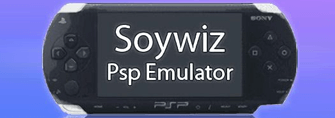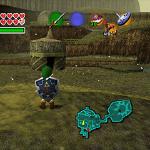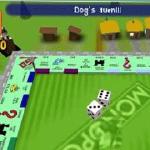PSP

PSP Specifications
The PlayStation Portable (PSP) was Sony’s first foray into the hand-held gaming market. It was there attempt to tackle Nintendo’s massive dominance in the handheld market. Going up against the Nintendo DS, the PlayStation portable was a commercial failure, despite being a console that was quite well regarded and had a fantastic brand name thanks to the sheer success of the PlayStation 2. The PSP went on to sell over 80 million copies over its 10 year life span, a number that was poultry in comparison to Nintendo’s 152 million sold units for the Nintendo DS.
PSP emulation started off not long after the consoles initial release in 2004. The first to try and tackle it was the PSP Emulator, PSPE. While PSPE could never actually emulate a commercial PSP game, it did prove that PSP emulation could be done. This was followed by numerous other emulators. The most modern PSP Emulator is PPSSPP, which has proven itself to be able to emulate basically all PSP games faithfully while offering numerous extra features so the games can be rendered in HD. PSP Emulation is regarded as now being fairly complete, large in thanks to the efforts of the PPSSPP team.
The PSP sported high end hardware for its time, boasting a more powerful processor and GPU then its competitor the Nintendo DS. It also featured an assortment of different features such as a tv tuner, media player and various other multimedia capabilities. The device was also meant to sport the capability to be able to connect directly the the PlayStation 3 as well.
The PSP had a weird way of storing its games, unlike Nintendo’s hand-held consoles and the various others who tried to beat Nintendo over the years, Sony chose to make use of a optical disc format, bucking the trend of using cartridges for games. The format that ultimately went with with was the Universal Media Disc (UMD).
Advertisement
PSP Emulators
PPSSPP is one of the best PSP emulators around. It boasts a speedy core while retaining a tremendous compatibility rate, making PPSSPP the go-to emulator for PSP emulation.
JPCSP is another great PSP emulator. Despite being written in Java the emulator still manages to run numerous games at 100% speed.
PCSP is a PSP emulator that is only really able to run homebrew applications. PCSP does not have enough development to be able to run commercial roms.
Soywiz PSP Emu is a PSP emulator that is only really able to run homebrew applications. Soywiz PSP Emu does not have enough development to be able to run commercial roms.









